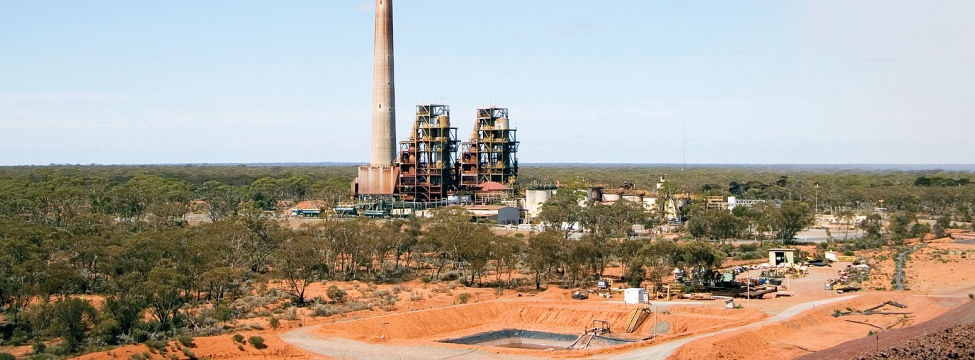It has been said that gold was one of the first metals to be mined. As deposits with free, coarse gold were depleted and the volume of mining increased, process flowsheet design became more and more complicated. Gravity was the first method developed to recover gold from ore. But, currently there are very few deposits left that contain ores suitable for gold recovery strictly by this method. Cyanide leaching now recovers the greatest amount of gold and contributes to a variety of flowsheets from heap leaching to agitated leaching circuits. Newly discovered deposits are often more refractory and resist these methods. Ores in which gold is locked with sulfides are processed by combining flotation with other methods.
To recover gold from sulfide concentrates, roasting or oxidation can be performed first, followed by cyanide leaching. Direct cyanidation of flotation concentrate can often encounter problems. Numerous methods are available for oxidizing flotation concentrates, including biological oxidation, pressure oxidation in autoclaves, roasting, as well as proprietary processes, such as Albion and Leachox. All of these processes bring higher capital and operating costs while each has benefits, disadvantages and limitations. There is no method that can be applied for all types of feed (ore or concentrate). The optimal process flowsheet is selected after analysing the results of a detailed testwork program which evaluates the relative merits of each method.
Another factor that contributes to the complexity of processing gold ores is the presence of adsorption-active substances that trap dissolved gold and carry it with the tailings, i.e. ‘preg-robbing’. This is one of the most challenging type of ore. To avoid these traps, the flowsheet designers use methods for separating adsorption-active substances from ore as early in the process as possible.
The collection of samples for metallurgical testwork is also an important procedure. The samples must reflect the full range of characteristics expected throughout the deposit. The geologist, mining engineer and metallurgist need to collaborate to ensure an adequate number of samples are collected for testing. An error at this stage in the project can be very costly if the plant does not meet design criteria during the early, payback period of the mine life. Designing and selecting the optimal process flowsheet is the result of a well-planned testwork program, some creativity and the knowledge a metallurgist has gained from practical experience on similar projects.


